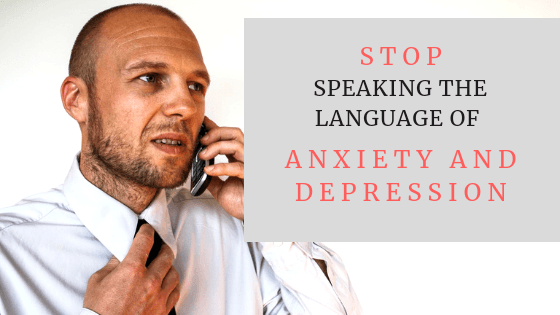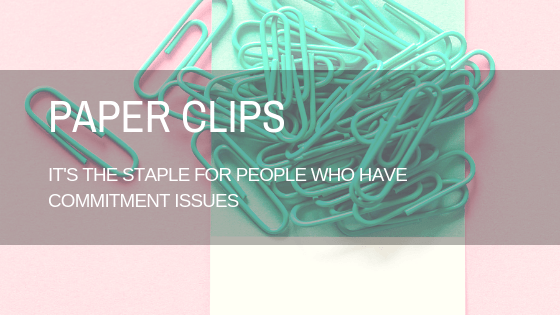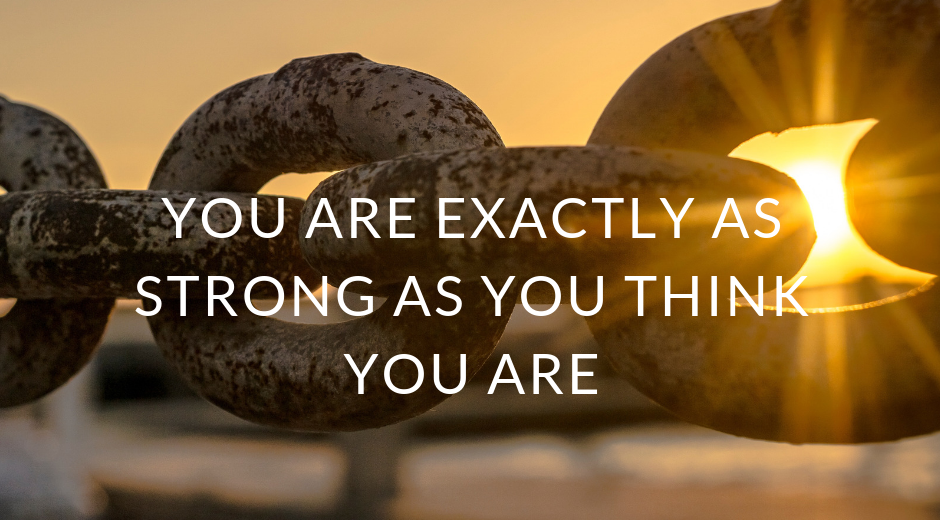Healthcare is Being Disrupted—Coaching is Next!

Quick Summary
- Virtual video visits will replace in-person doctor visits in 2020
- Text based therapy is an effective replacement for traditional therapy and disrupting the mental health industry
- Healthcare has been and will continue to be disrupted by technology
- Digital coaching will similarly disrupt the coaching industry changing the breadth and scope of a coach's work
The Future of Coaching is Digital
That’s not just a pithy statement. We’ve seen technology disrupt entire industries and it is going to happen to the coaching industry.
In fact, we are doing it right now with our digital coaching platform.
To see how large an impact digital and mobile technology can have on an industry, look at healthcare. In many ways, it’s a cousin industry to coaching. Traditional doctor-patient interactions look like traditional coach-client relationships—one on one, face to face sessions focused on the patient/client.
In medicine, that model is changing. Disrupted by technology.
Rather than in-person visits, hospitals are pushing us to do an electronic/virtual visit and see a doctor through video chat. At Kaiser Permanente, one of the largest healthcare providers in the nation, they expect e-visits to outnumber in-person visits in the next year (the WaPo has an interesting piece about the rise of telemedicine.)
And it is going to go further. Investors are pouring money into tech startups that are healthcare focused. The cleverly named company 98point6 just raised 50 million in funding to augment virtual visits with artificial intelligence. Basically, they want to automate a significant portion of the medical visit, like what we at Habit Tech do with coaching.
Even the mental health profession has adopted digital technology in the patient/client relationship. If there was ever a profession akin to coaching, that’s it. So it is a good example of what is coming.
Have you heard of Talkspace? It’s text therapy on demand. 56 million in funding, thousands of therapists, over 300,000 people using the service, more are signing up every day, AND its spokesperson is twenty-eight Olympic swimming medalist MICHAEL PHELPS. Talk about a winner.
Digital medicine and digital therapy are innovations that are changing medicine’s basic business model and it is never going to be the same.
But Does It Work?
The simple answer is yes.
Study after study show that these digital interventions are powerful, effective, and more importantly....PEOPLE WANT THEM!
- 60% of people would rather have a virtual visit (AviSystems).
- Millennials want more of their visits to be digital (Global News).
- Patients are reporting that the quality of care from e-visits is excellent. (National Institute of Health)
- For a wide range of mental health issues text therapy is effective (e.g., anxiety, depression, marital issues, etc.). (Scientific American, Journal of Tech and Human Services, National Institute of Health
- Automated messaging improves patient adherence to treatment plans, keeping appointments, and benefits people suffering from a range of illnesses from AIDS and malaria to obesity and alcoholism. (Telemedicine and E-health)
As one researcher described technology’s influence on medicine as: “There is an elephant knocking on the door.”
That elephant is huge, unstoppable, and it’s coming inside whether they like it or not.
What Does It Mean For Coaches Like You?
There is an elephant knocking at your door too.
All the same pressures facing the healthcare industry are the same ones you confront as a coach.
Mobile phones are everywhere, internet access is nearly universal, and our society expects immediate and constant responses to their needs.
Coaches cannot avoid these things. The coaching industry is going to change whether you like it or not.
Heck, that change is already here. Thousands of clients are already benefiting from digital coaching and the demands is growing.
But that is GREAT NEWS! It is not something that you should be afraid of. This change is something that you should embrace whole-heartedly.
With digital coaching—when you embrace technology, automation, and smart systems to aid in our coaching--you open up new markets for your business, you expand the ways that you can connect and impact your clients, and your coaching business will have new opportunities and possibilities are not possible without technology.
We have got to be open to the elephant. As we see it at Habit Tech, there are only upsides to this. (and yes, we fully admit, we are biased 🙂
Think about it. You are no longer constrained by the old model. You can meet your clients wherever they are and at any time. No more one size fits all programs. You can tailor and individualize your program/plan to your client’s needs so much better than before.
With digital coaching platforms like Habit Tech, coaches can provide clients the right solution, in the exact way, and at the precise time they need you and your help.
You can expand your business to clients that could never afford coaching before because you can automate much of the coaching and sales. No longer will coaching be only for the upper-class or corporate executive.
Digital coaching is going to go mainstream and by using this incredible technology great coaches can now provide affordable coaching solutions to a broader array of clientele. We believe that everyone should have a coach. And with digital coaching, that becomes a reality.
Digital Coaching Does Not Replace Traditional Coaching
To be clear, we are not saying that traditional coaching is going away. There is and will always be a huge and vital place for conventional coaching. We love the classic in-person, one on one, hour-long session between client and coach and think it is incredibly useful to a great many individuals.
Digital coaching just adds to traditional coaching.
It’s like the difference between a hero and super-hero. Both save lives. The only difference is that superheroes have some special power that allows them to rescue everyone instead of just a few individuals.
With digital technology, we can become a super-coaches. We can still help people and serve them well the way we used to. But with the support of technology you can now help and serve even more people in less time. You can literally change the world.
Coaches, a big, powerful elephant is knocking at your door.
Your industry is about to get disrupted.
And it’s going to be awesome!
Next Steps
If you are curious as to how to digital coaching works or want to see how it can help you grow your business, feel free to reach out to one of the Habit Tech team. We are always happy to help.






